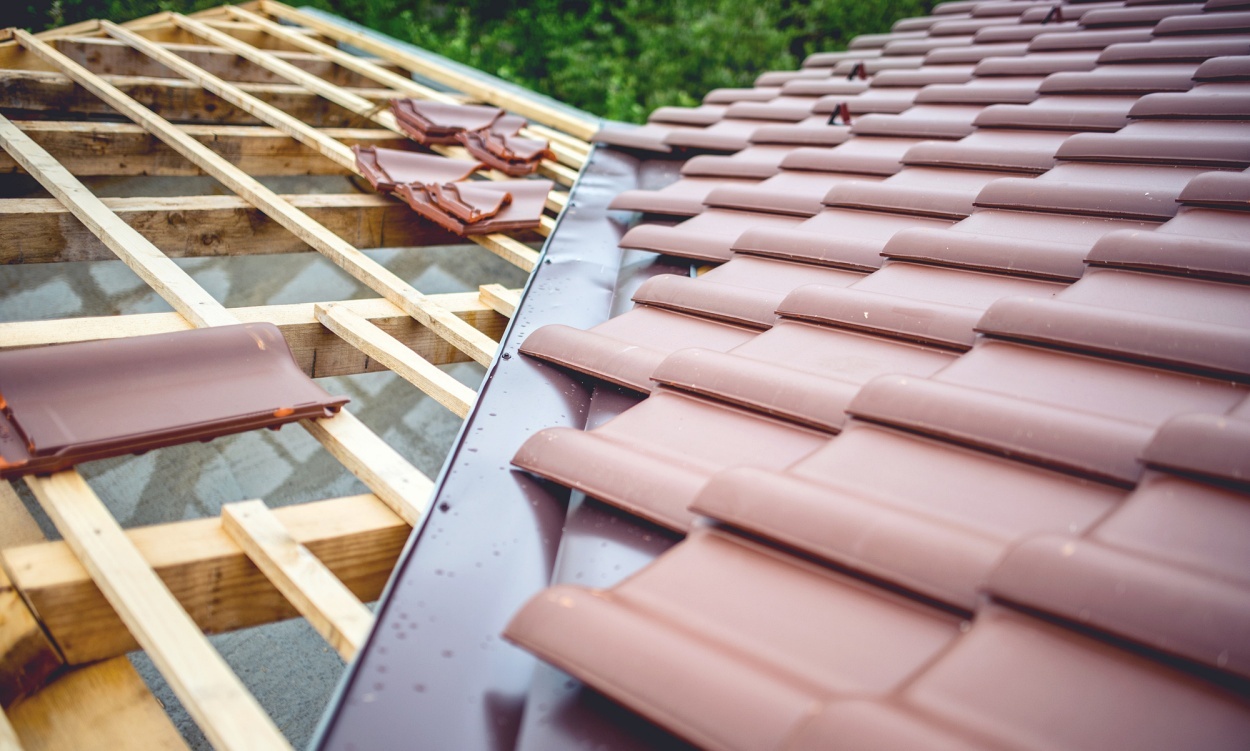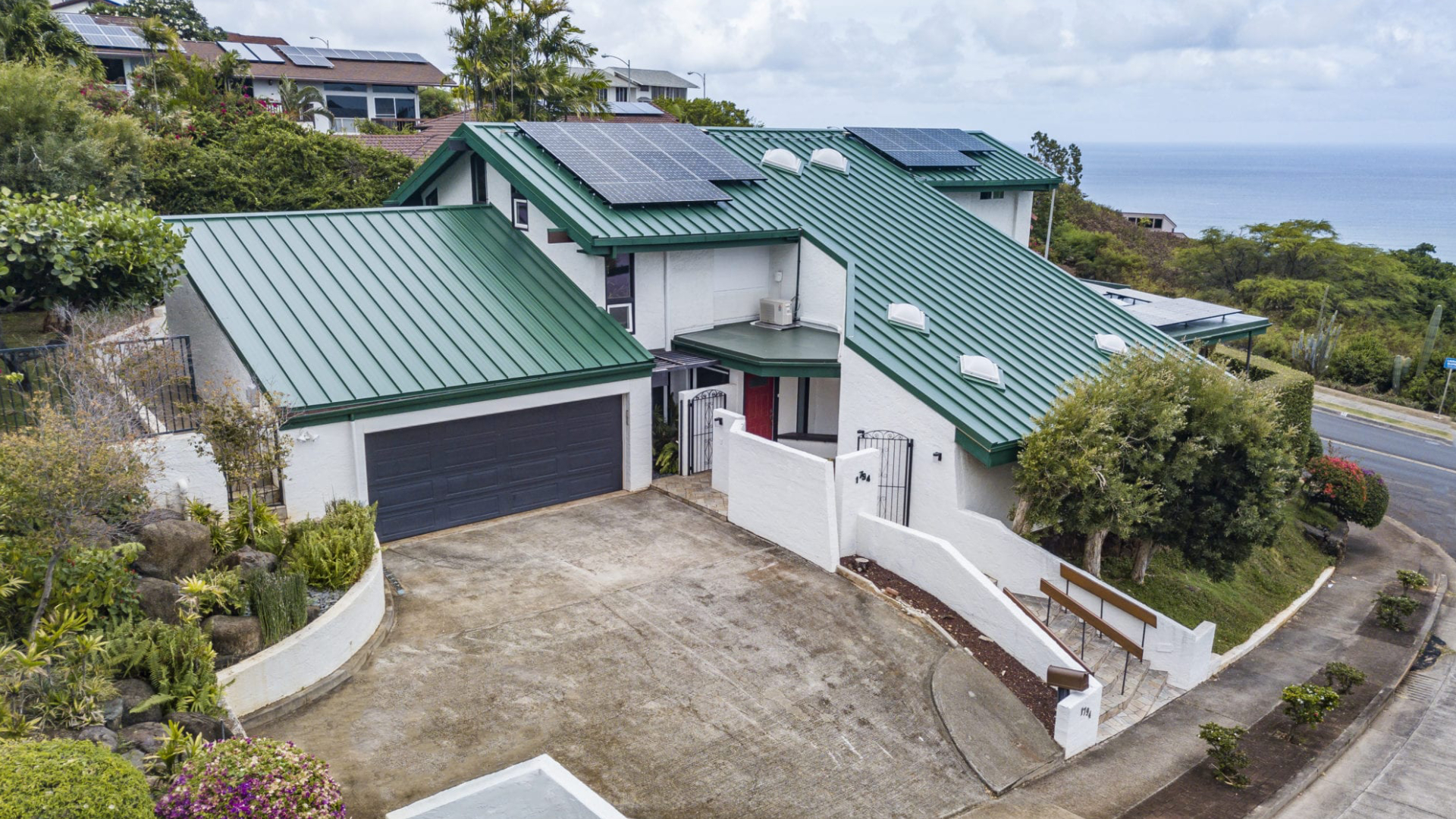Find high-performance Hawaii roofing options for different climates.
Just How to Select the Right Roof Material for Your Climate and Budget Plan
When picking the suitable roofing product, house owners should browse the complexities of regional climate patterns and monetary restraints. Products such as asphalt shingles and metal roofs offer distinct advantages in terms of water resistance and longevity, specifically in locations vulnerable to severe climate. The preliminary financial investment and maintenance expenses can differ commonly, making it crucial to consider both prompt and long-term financial effects. This equilibrium of expense, longevity, and environment suitability is necessary for making an informed decision that will profit the home for years ahead.
Examining the Impact of Regional Weather on Roofing Choices
When selecting roof covering materials, considering neighborhood climate conditions is vital. Different climates require certain features from roof materials to boost durability and efficiency.
Areas susceptible to high winds or cyclones call for roofing products that can stand up to such pressures. Steel roof, for instance, is understood for its high wind resistance, while certain crafted shingles are designed to stay undamaged in severe wind problems. Furthermore, in locations with constant hailstorm, impact-resistant tiles are recommended as they can dramatically endure the force of hail storm without receiving damages, thus keeping their structural integrity and aesthetic look over time.

Discovering Cost-Effective Roof Products for each Spending Plan
Neighborhood weather problems significantly affect the selection of roof covering materials, but monetary restrictions also play a crucial function in the decision-making process. House owners and home builders usually look for products that balance durability with affordability.
Metal roof covering, while at first much more costly, supplies durability and power effectiveness, which can convert into expense financial savings gradually. roofing in hawaii. For those in milder climates, clay and concrete ceramic tiles offer an alternative that, regardless of higher in advance expenses, endure longer and provide unique architectural appeal


Recognizing the Longevity and Maintenance of Various Roofing System Types
For how long can various roofing materials last, and what level of upkeep do they call for? Asphalt roof shingles, the most usual roof covering material, commonly last 15 to 30 years and need regular tile substitute and debris elimination. Metal roofing systems use a longer lifespan, ranging from 40 to 70 years with minimal maintenance apart from occasional cleaning and assessment for corrosion or damages. additional hints Slate and ceramic tile roofing systems, while a lot more pricey, flaunt look at this site a longevity of 50 to 100 years, requiring infrequent but proficient maintenance to replace damaged or fractured tiles.
Wood roof shingles and drinks have a natural aesthetic yet demand even more upkeep because of their vulnerability to rot and pest damage, typically lasting 25 to 30 years with regular therapies and examinations. honolulu roofing contractors. Each roof type's long life and maintenance demands are vital to take into consideration when stabilizing initial expenses versus long-term investment and labor, making certain a choice that lines up with both budget and climate requirements
Conclusion
To conclude, choosing the proper roofing product pivots on a balanced analysis of regional weather and economic click here to find out more restraints. Property owners must take into consideration the longevity and upkeep requirements of each choice, along with its capability to endure details weather difficulties. Whether going with affordable asphalt shingles, resilient steel roofs, or heat-reflective clay floor tiles, making an educated selection makes sure both the longevity of the roofing and the total security and performance of the home.